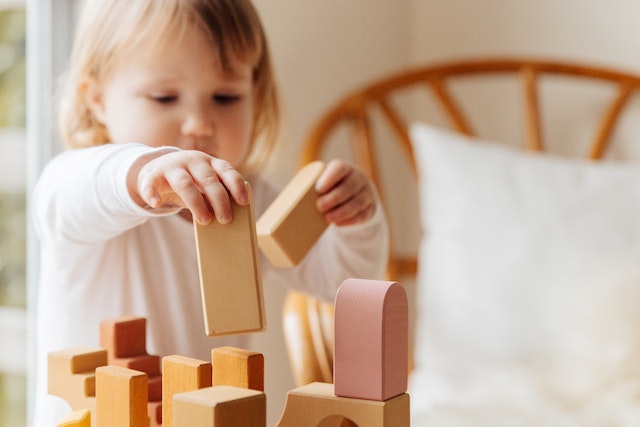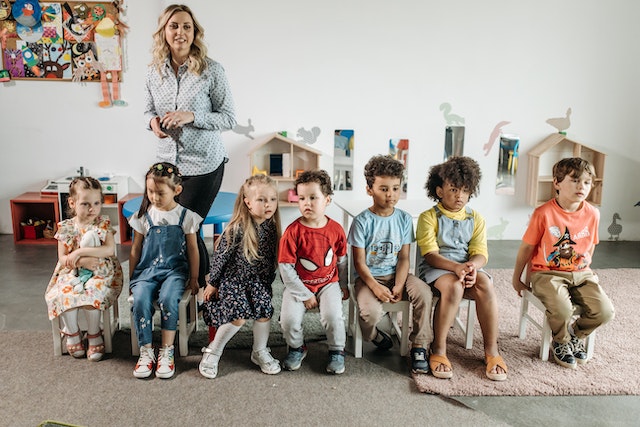
Indoor sports are important because they help kids grow physically, mentally, and socially. In the event of bad weather or other circumstances that prevent outside play, these activities provide children a fun and safe alternative.
Indoor sports that are fun for kids and good for them in other ways will be discussed in this article. We’ll talk about card and board games, as well as games that need imagination and creativity, ones that get you moving, and ones that teach you something. You may pick and choose from these groups based on your child’s age, hobbies, and preferences to provide them with the most advantages.
Table of Contents
Board Games

Board games have been a classic form of family-friendly indoor recreation for decades. Strategy, problem-solving, and socialization are all brought together in these activities. Popular children’s board games include:
a. Chess: Playing chess is a great way to improve your analytical and strategic abilities. It’s a great way to work on your focus and patience.
a. Monopoly: This board game is a great way to teach youngsters about budgeting, negotiating, and making tough choices. It’s an old favorite that everyone in the household can have fun with.
c. Candy Land: Younger kids will love Candy Land. also’s a ton of fun, and also does a lot of good for kids by helping them learn colors and numbers.
d. Scrabble: This word game is excellent for expanding both one’s vocabulary and one’s command of the English language. It’s good for promoting friendly rivalry and clever wordplay.
e. Ticket to Ride: A fun and interesting method to learn about geography and strategy. Young people may learn about geography as they plot railway lines between cities and nations.
Card Games

Card games are adaptable and fun for people of all ages. Memory, focus, and control of small muscles are all boosted as a result. Some of the most played card games among children are:
a. Uno, a fast-paced game that promotes number and color identification. It’s simple to pick up and fun for youngsters of all ages.
b. Go Fish: It’s a great memory and matching game for youngsters. It’s wonderful for kids of all ages and can be played with both regular playing cards and Go Fish decks.
c. Old Maid: This age-old card game is a great way to exercise your brain and improve your memory and observational abilities. Children love playing “Old Maid” and hate getting it.
d. War: War is a straightforward game that encourages students to recognize and compare numbers. This two-player game is fast and thrilling.
a. Rummy: This card game is great for developing your analytical, logical, and numerical skills. It’s great for preteens and teens.
Creative Games

Games that encourage a youngster to utilize their imagination and creativity are called “creative” or “imaginative.” Telling stories, taking on roles, and thinking outside the box are common in such games. Here are a few illustrations:
a. Dress up-games: Children’s imaginations may run wild with the possibilities presented by dress-up and other forms of pretend play. In addition to encouraging original thought, this helps youngsters mature socially and emotionally.
b. Story Cubes: These illustrative dice may be used to spark imaginative play. When kids roll the dice, they may utilize the pictures as inspiration for storytelling. To improve one’s narrative skills in a lighthearted manner.
c. Lego: Fine motor skill development, imagination development, and problem solving are all aided by playing with building blocks like LEGO and other similar toys. Kids may create anything they can imagine, or they can follow the included directions to assemble pre-designed models.
d. Art and craft: Kids may use their imaginations and creativity in a safe environment with art and craft projects. Fine motor skills and creative expression may be developed via activities like painting, drawing, making jewelry, and other crafts.
Indoor activities like cooking and baking with an adult present may be fun for youngsters on rainy days. They learn the value of patience, precision, and imagination in the kitchen.
Physical Activity Games
Kids need to find ways to be physically active even when they’re stuck indoors, and games like these may help. Playing activities that require physical movement helps kids expend excess energy, enhances motor skills, and encourages a healthy way of life. Some possibilities are listed below:
a. Indoor Obstacle Course: Create a maze out of furniture, pillows, and other household items. The course may be navigated by crawling, jumping, and climbing.
b. Dancing: Turn on some tunes and get down in the living room with a dance party. Dancing is a great activity that can get youngsters up and moving.
c. Balloon inflation: Inflate a balloon and use it as a volleyball to play inside. It’s a fun and risk-free approach to hone your collaboration and coordination skills.
d. Yoga for Children: There are several kid-friendly yoga videos and apps available. Yoga is beneficial because it promotes balance, flexibility, and calmness.
Educational Games

a. Hide and Seek: This timeless game can be enjoyed without leaving the house. It’s a great way to get youngsters moving and encourages creative thinking as they conceive of new places to hide.
b. arithmetic Bingo: An enjoyable way to practice and improve arithmetic abilities. It may be adjusted to fit learners of varying ages and mathematical backgrounds.
c. Educational Apps & Websites: From math & science to history & literature, there is no shortage of educational options for mobile devices & computers. These have the potential to be an excellent instructional tool.
d. Puzzle game: Critical thinking and problem solving abilities may be honed using puzzle games like Sudoku, crosswords, and jigsaw puzzles. They also help people become more patient and attentive.
e. Geography Quizzes: Put your child’s geographical knowledge to the test with fun and educational activities that cover the world’s nations and capitals.
Conclusion
Ultimately, a child’s age, hobbies, and developmental requirements will determine which indoor game is ideal for them. Indoor activities are important for keeping kids interested and involved in learning. Board games, card games, creative activities, physical games, and instructional games all have their place in a child’s development and well-being for different reasons. Children may learn and practice a variety of skills via playing a broad variety of indoor games, therefore it’s important to encourage them to do so.
For more information please visit our blog.




